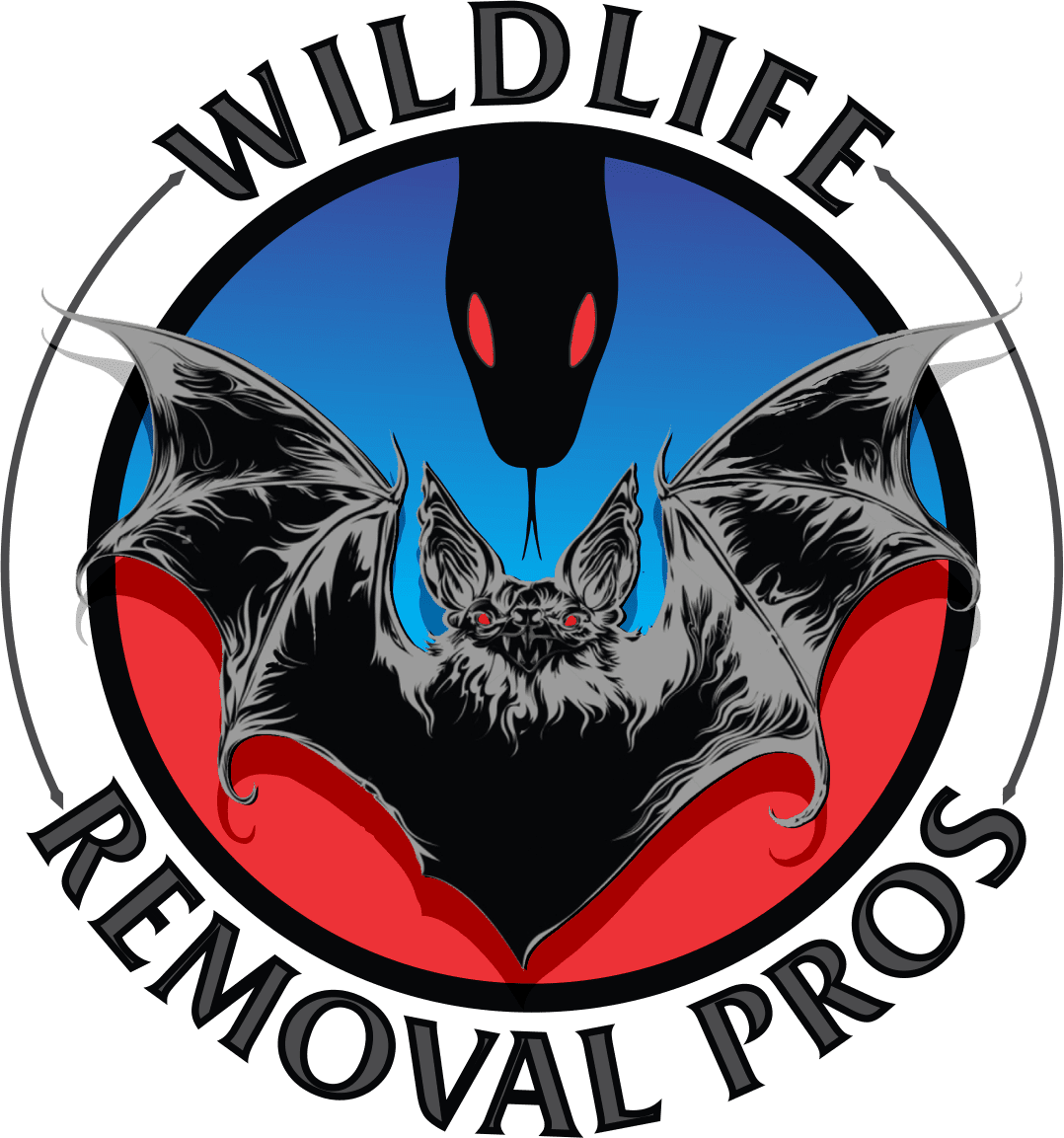Leptospirosis Transmission From Nuisance Wildlife
Stay informed about the hidden dangers of Leptospirosis transmission from nuisance wildlife and discover how to protect yourself and your loved ones.
Baylisascaris (Raccoon Roundworm)
Uncover the hidden dangers of Baylisascaris, a parasitic infection that can cause severe neurological complications in humans, and discover how to protect yourself.
Hantavirus From Rodents
Just how dangerous is Hantavirus? Discover the shocking truth about this deadly disease transmitted by rodents and what you can do to protect yourself.
Toxoplasmosis Transmission From Nuisance Wildlife
Uncover the hidden dangers of Toxoplasmosis transmission from nuisance wildlife, and discover the surprising animals that pose a risk to human health.
Canine Distemper Transmission From Nuisance Wildlife
Learn about the surprising and potentially dangerous link between nuisance wildlife and the transmission of canine distemper, and why it's crucial to understand and prevent this contact.
Can I Use Home Remedies to Deter Squirrels From the Attic
In the quest to deter squirrels from invading the attic, homeowners often wonder if home remedies can provide a solution. This article delves into the efficacy of natural repellents, do-it-yourself traps and barriers, modifications to the attic environment, and the elimination of tempting food...
What Are the Risks of Relocating Trapped Squirrels in Kentucky
In the enchanting landscapes of Kentucky, the delicate balance of its local ecosystems faces a conundrum. As we seek to coexist with nature's inhabitants, the question arises: what are the risks of relocating trapped squirrels? This article delves into the scientific, informative, and objective...
How Can I Encourage Squirrels to Leave My Attic?
Nestled within the confines of your attic, squirrels scurry and chirp, leaving a trail of destruction in their wake. But fear not, for there is a solution to reclaim your space. In this article, we will delve into the depths of squirrel behavior, revealing strategies to entice these furry invaders...
How Can I Prevent Squirrels From Entering My Attic
Are you tired of squirrels wreaking havoc in your attic? Look no further for a solution. In this informative article, we will explore effective measures to prevent these agile creatures from invading your attic space. From inspecting and sealing entry points to using deterrents and repellents, we...
What Attracts Copperheads to Your Yard
Copperheads are drawn to yards offering them suitable shelter, hiding places, and access to their preferred food sources. They frequently inhabit areas with vegetation, bushes, or on porches and steps. Outdoor lighting can also attract them, as it signals potential prey....
What to Do if a Pet Is Bitten by a Copperhead
If a pet is bitten by a copperhead, it necessitates immediate veterinary care. It is essential to remain composed and endeavor to keep the pet calm and stationary to impede venom spread. Refrain from attempting any home remedies like applying ice or attempting to extract the venom. The...
What to Do if Bitten by a Copperhead
If you or someone you know has been bitten by a copperhead snake, it is crucial to take immediate action. Knowing the correct steps to follow can make a significant difference in the outcome. This brief guide provides essential information on what to do if bitten by a copperhead, including...
What Time of Day Are Copperheads Most Active
Copperheads, a species of venomous snake indigenous to North America, are most active during the late afternoon and into the evening hours. This diurnal behavior aligns with their preference for cooler temperatures, especially during warmer months. Understanding the time of day when...
How Poisonous Are Copperheads
Copperheads, while venomous, have a relatively mild venom compared to other venomous snakes. Their bites are typically not life-threatening and rarely fatal. However, it is still important to seek medical attention after a snake bite, as the venom can cause temporary tissue...
What Animal Kills Copperheads
Copperheads, a venomous snake species prevalent in the southern and eastern United States, are hunted by a range of animals despite being an apex predator. Predators such as owls, hawks, opossums, raccoons, and various snake species, including king and indigo...
Tri-Colored Bat (Perimyotis Subflavus)
While many people may harbor fears or negative opinions about bats, the tri-colored bat (Perimyotis subflavus) is a species that deserves our attention and understanding. This article aims to shed light on the physical characteristics, habitat and range, diet and feeding...
Southeastern Myotis (Myotis Austroriparius)
In the hidden depths of southeastern wetlands, a remarkable creature gracefully navigates the night skies, embodying the resilience and adaptability of its species. The Southeastern Myotis (Myotis austroriparius), an elusive and endangered bat species, has captured the...
Rafinesque’S Big-Eared Bat (Corynorhinus Rafinesquii)
In the vast realms of the nocturnal world, where shadows dance and secrets unravel, the Rafinesque's Big-Eared Bat emerges as a captivating creature of intrigue and conservation concern. This article delves into the scientific intricacies of Corynorhinus Rafinesquii, exploring its...
Pallid Bat (Antrozous Pallidus)
In the vast expanse of the American Southwest, a nocturnal marvel graces the night skies—the pallid bat (Antrozous pallidus). With its unique adaptations and hunting strategies, this species has carved out a niche for itself in the arid landscapes. Its pale fur and delicate...
Northern Long-Eared Bat (Myotis Septentrionalis)
In the realm of bat taxonomy, the Northern Long-Eared Bat (Myotis septentrionalis) stands as a remarkable creature deserving of meticulous study. This enigmatic species, known for its elongated ears, navigates the night skies with unmatched precision and finesse. Residing...
